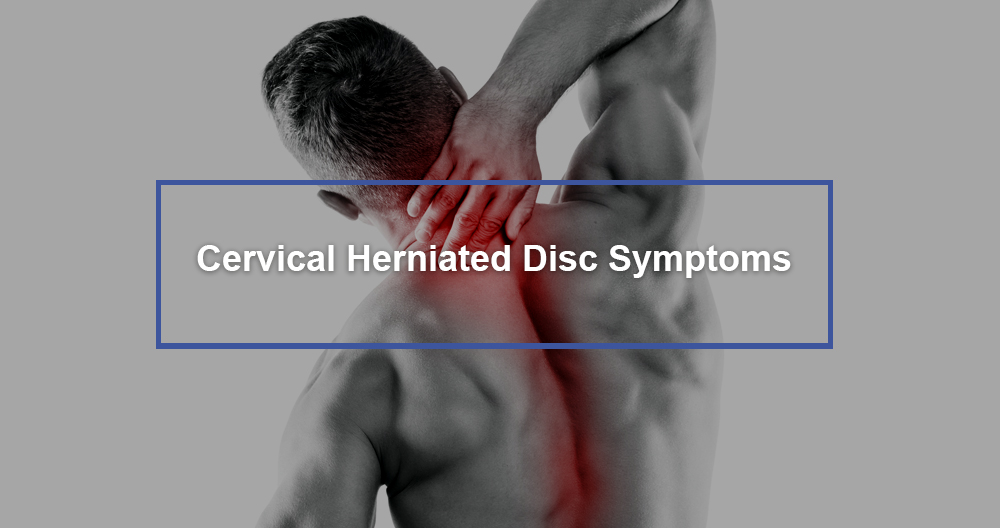Chronic pain affects countless of individuals around the globe, influencing their quality of life and daily activities. As knowledge of pain management grows, so does the range of innovative interventions offered to those looking for relief. Grasping what pain control entails and the choices accessible can empower patients to manage their pain and boost their general health.
In this thorough guide, we will explore the various types of pain, the distinctions between acute and chronic conditions, and the various strategies used in pain relief. From advanced interventions to complementary approaches, there are many ways to address pain. Whether it be through physical therapy, medication, or alternative treatments, patients have more tools at their command than ever before. Let’s begin a exploration to uncover how these transformative therapies can lead to a significantly satisfying life, liberated from the limitations of pain.
Understanding Pain and Its Types
Pain is a complex and subjective experience that serves as a key signal of an root issue in the body. It is not merely a physical sensation; it is also influenced by emotive, mental, and societal factors. Understanding discomfort means acknowledging its dual nature: it can be acute, arising rapidly due to injury or disease, or long-lasting, continuing over time and often based in ongoing conditions. This difference is essential for determining appropriate therapy options and developing effective discomfort management strategies.
Acute pain is typically sharp and severe, acting as a warning signal for injury or disease. It usually has a definite cause, such as surgery, an injury, or an infection, and persists for a brief duration. Chronic discomfort, on the other hand, can last for months or an extended time and may not have an clear-cut cause. Conditions such as joint inflammation, fibromyalgia, and neuropathy are examples of chronic discomfort disorders that can significantly affect a person's quality of life. Identifying the type of discomfort a patient is facing is essential for developing a personalized therapy strategy.
Comprehending the different types of pain also entails looking at their expressions. Some individuals experience discomfort as a dull ache, while others may describe it as pulsating, scorching, or shooting. This variability can affect how discomfort is interpreted and treated. By classifying pain accurately, healthcare providers can customize interventions ranging from drugs to rehabilitation, ensuring that patients receive the most effective care feasible for their unique situations.
Effective Pain Control Techniques
Handling pain successfully demands a comprehensive approach that addresses both the physical and psychological aspects of pain. One essential strategy is including various intervention techniques tailored to the individual’s personal needs. This can include rehabilitative therapy, which concentrates on building muscles, enhancing mobility, and increasing overall function. Engaging in routine exercise not only reduces pain but also lifts mood, resulting in a better quality of life. Additionally, looking into alternative treatments such as acupuncture and massage therapy can offer significant relief for many individuals.

In addition, comprehending the role of medication in pain management is essential. While conventional painkillers can be useful, there are a variety of more secure alternatives available, including alternative medications and natural remedies like CBD and medical marijuana. These options can help control pain while reducing the risk of dependency and side effects. Partnering with healthcare professionals to create a pain management plan that features both medication and non-pharmacological approaches is important for achieving optimal results.
Lastly, considering lifestyle factors plays an integral role in pain management. Implementing an anti-inflammatory diet, practicing mindfulness and meditation, and guaranteeing adequate sleep can support pain reduction and improve overall wellness. Stress management techniques, such as yoga and relaxation exercises, are also valuable, as they help reduce stress levels that can worsen pain. By taking a holistic approach that combines these strategies, individuals can enable themselves in their quest to manage pain successfully.
Holistic Approaches to Pain Relief
Whole-person approaches to pain relief emphasize treating the whole person rather than just the symptoms of pain. https://terkildsenhu09.livejournal.com/profile utilize a variety of therapies that target physical, emotional, and mental well-being. Techniques such as mindfulness meditation, yoga, and breathing exercises enable patients to manage their pain by fostering a deeper connection between the mind and body. This holistic mindset encourages individuals to explore their pain triggers and responses, helping them develop personalized strategies for relief that integrate both physical and psychological elements.
In addition to mindfulness practices, diet plays a crucial role in holistic pain management. An anti-inflammatory diet abundant in fruits, vegetables, whole grains, and healthy fats can help reduce pain levels and improve overall health. Food choices not only influence inflammation but also influence mood and energy levels. Informing patients about the connections between diet, inflammation, and pain enables them to make informed choices, ultimately enhancing their quality of life and reducing reliance on medications.
Lastly, complementary therapies such as acupuncture and massage therapy provide patients with additional tools to manage pain. Acupuncture stimulates specific points in the body to promote natural healing and pain relief, while massage therapy helps reduce muscle tension and improve circulation. Both practices focus on reestablishing balance and alleviating discomfort, paving the way for a more comprehensive pain management plan. By integrating these holistic approaches, patients can gain a multifaceted strategy that encourages resilience and promotes long-term wellness.
